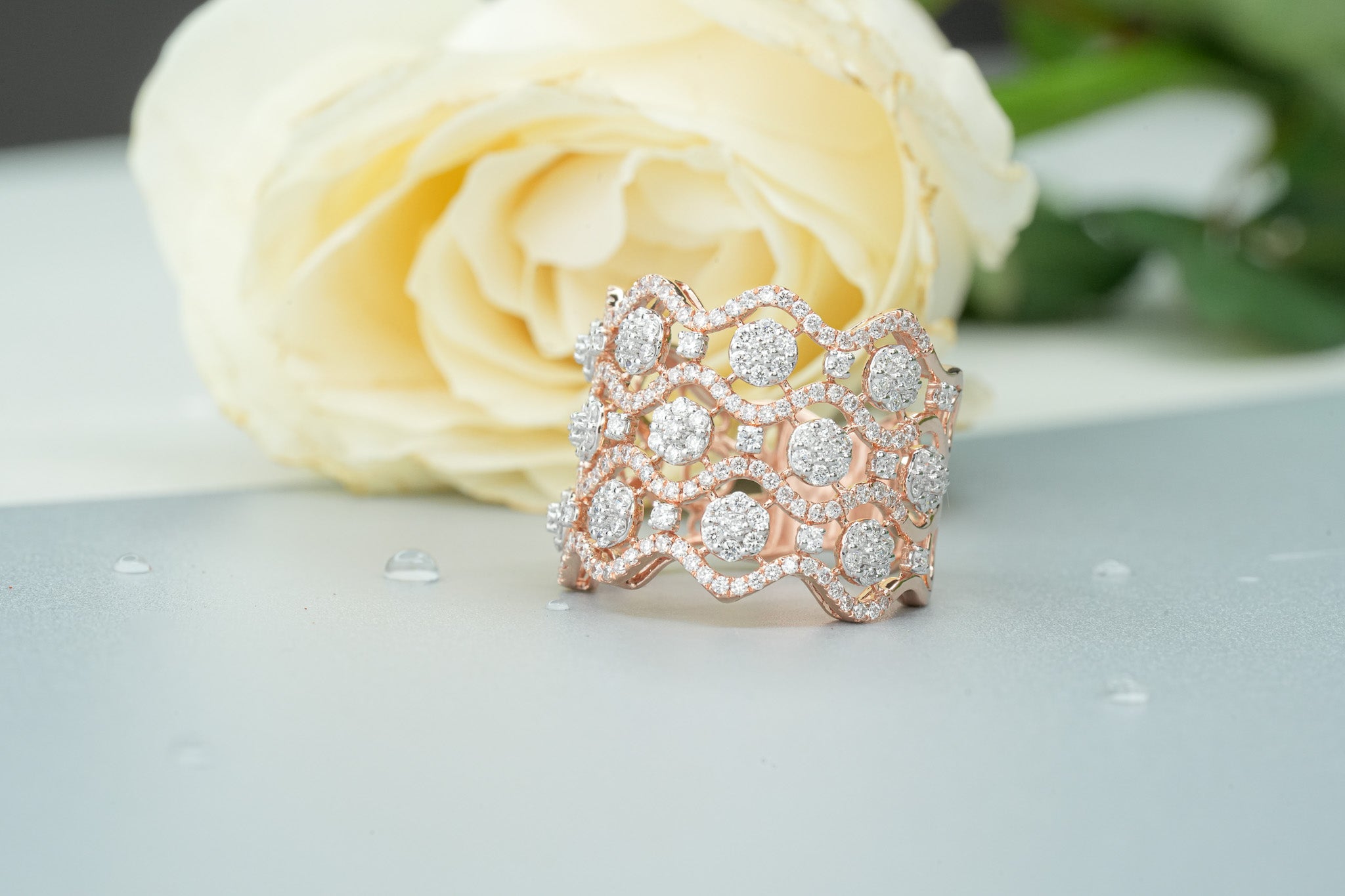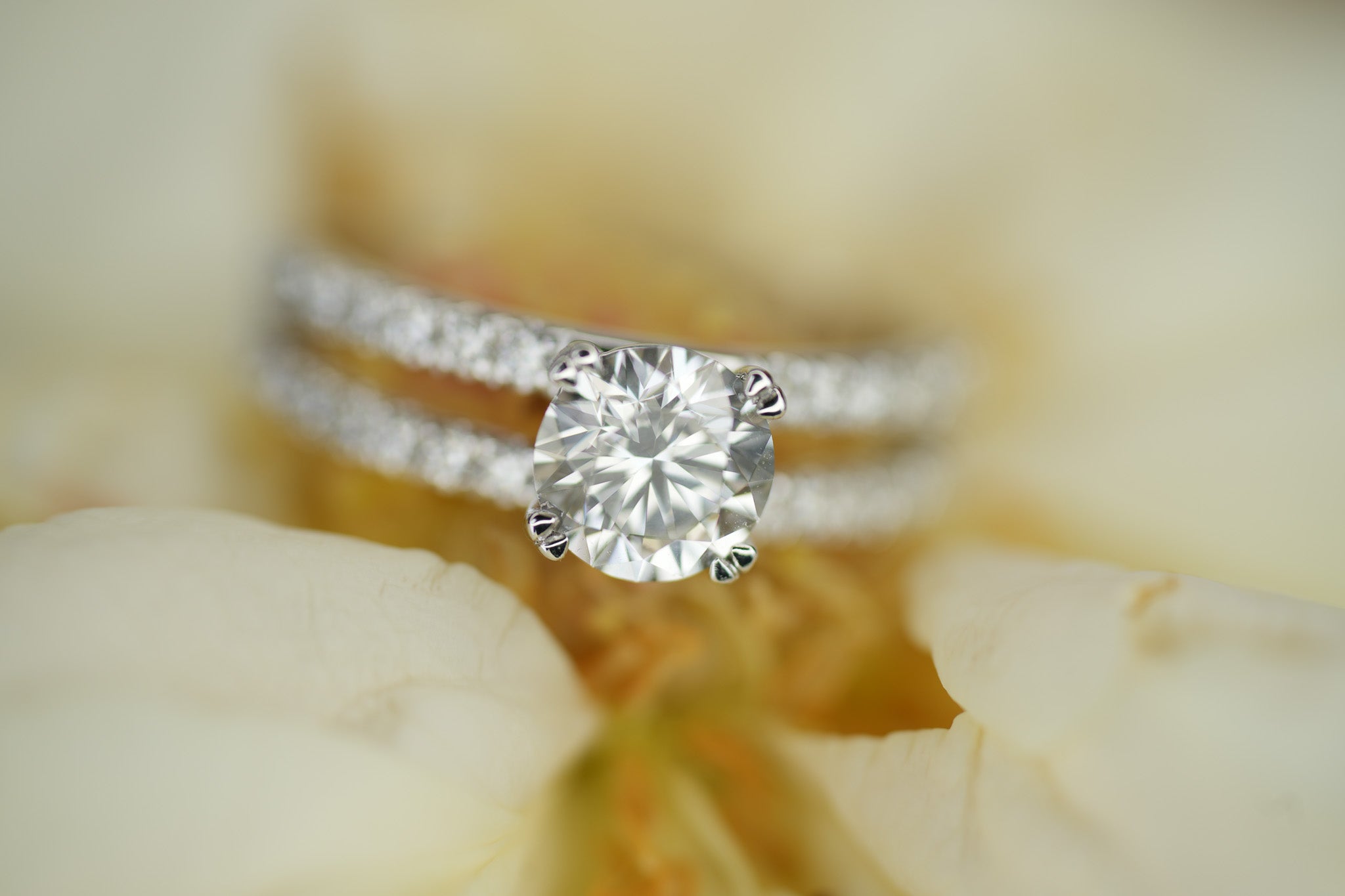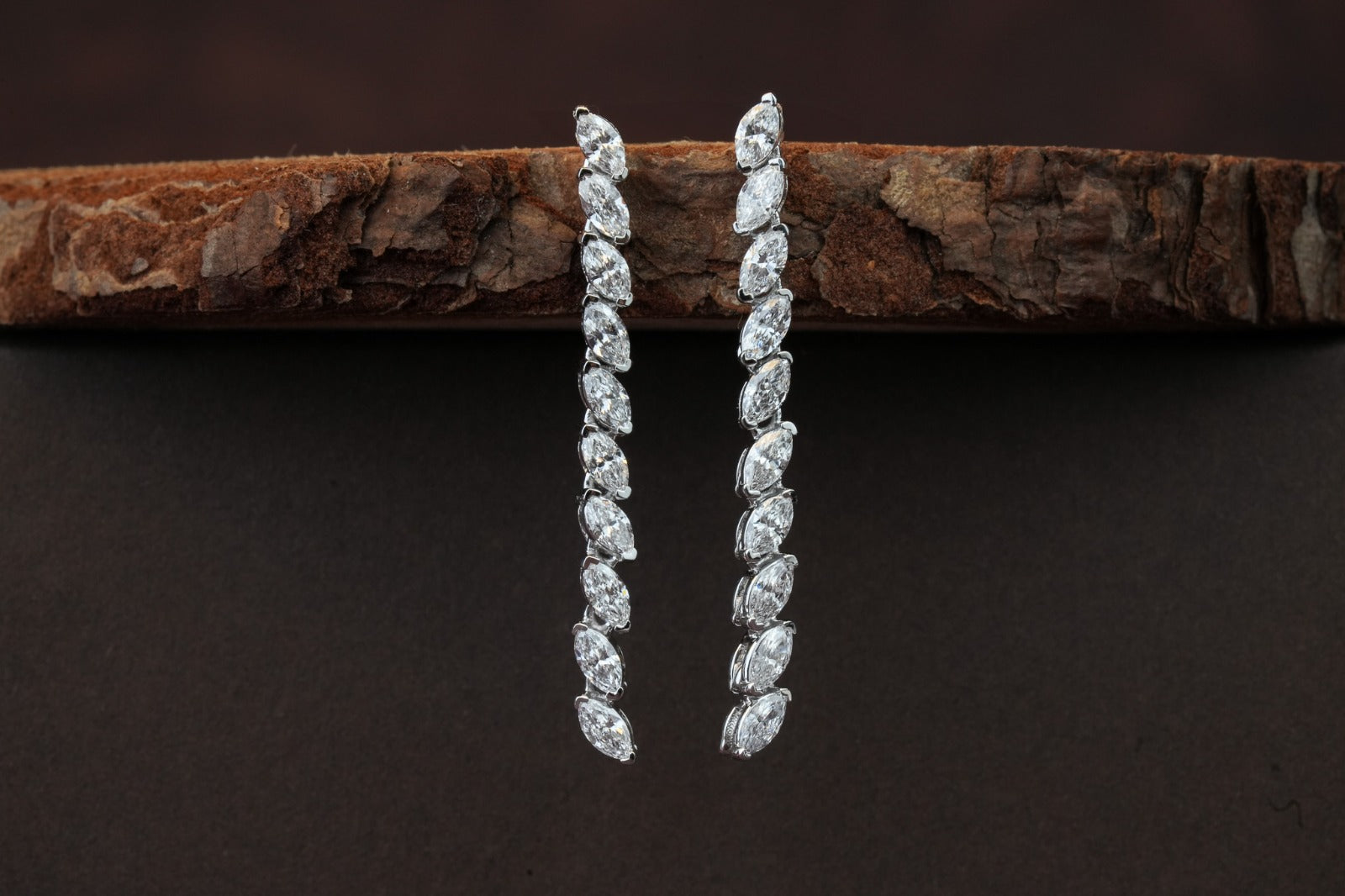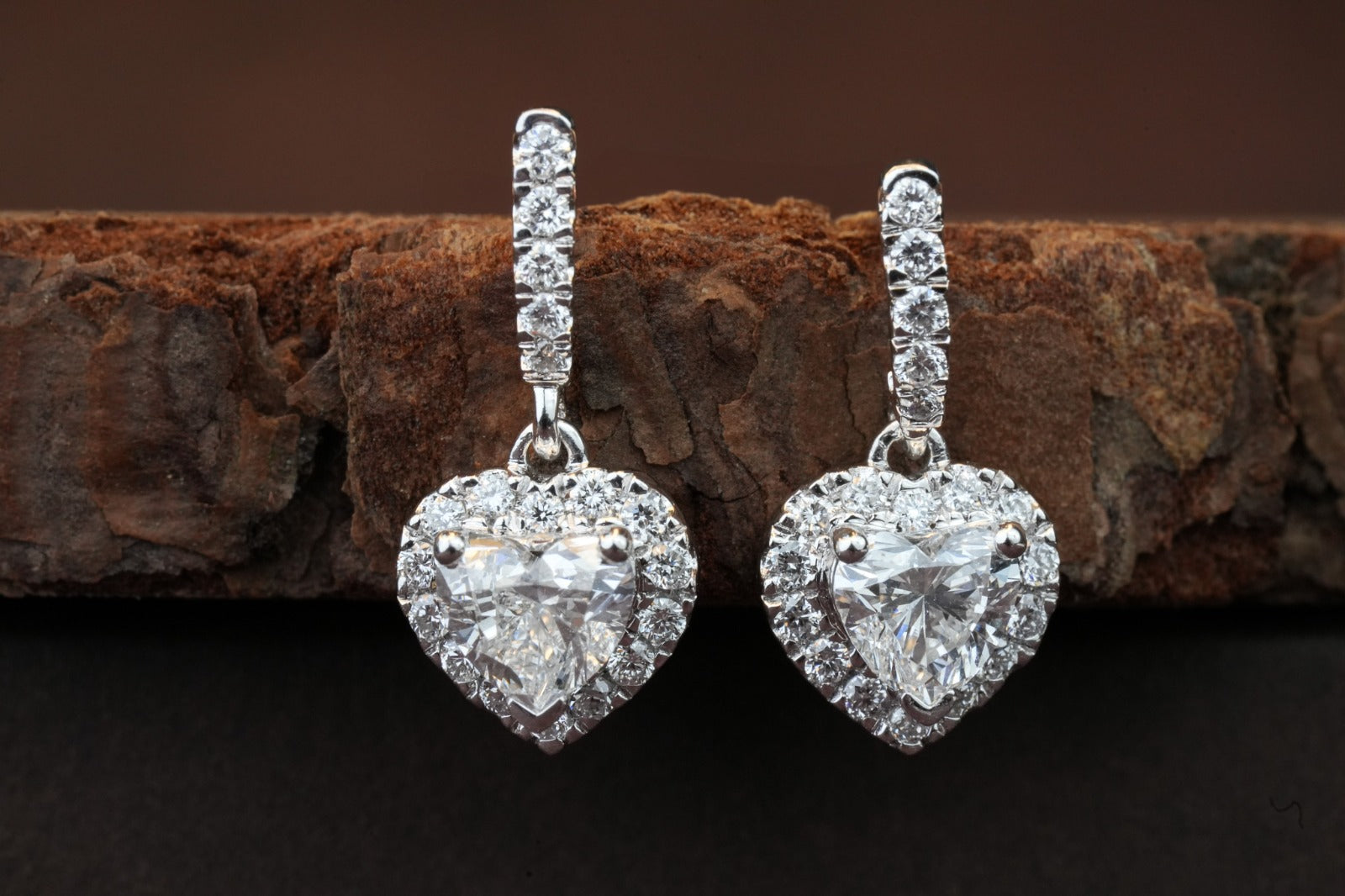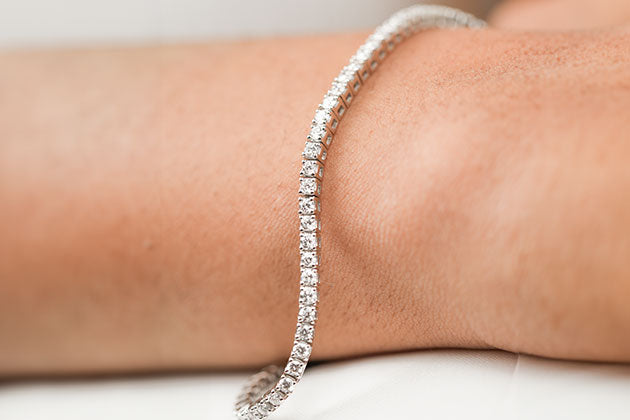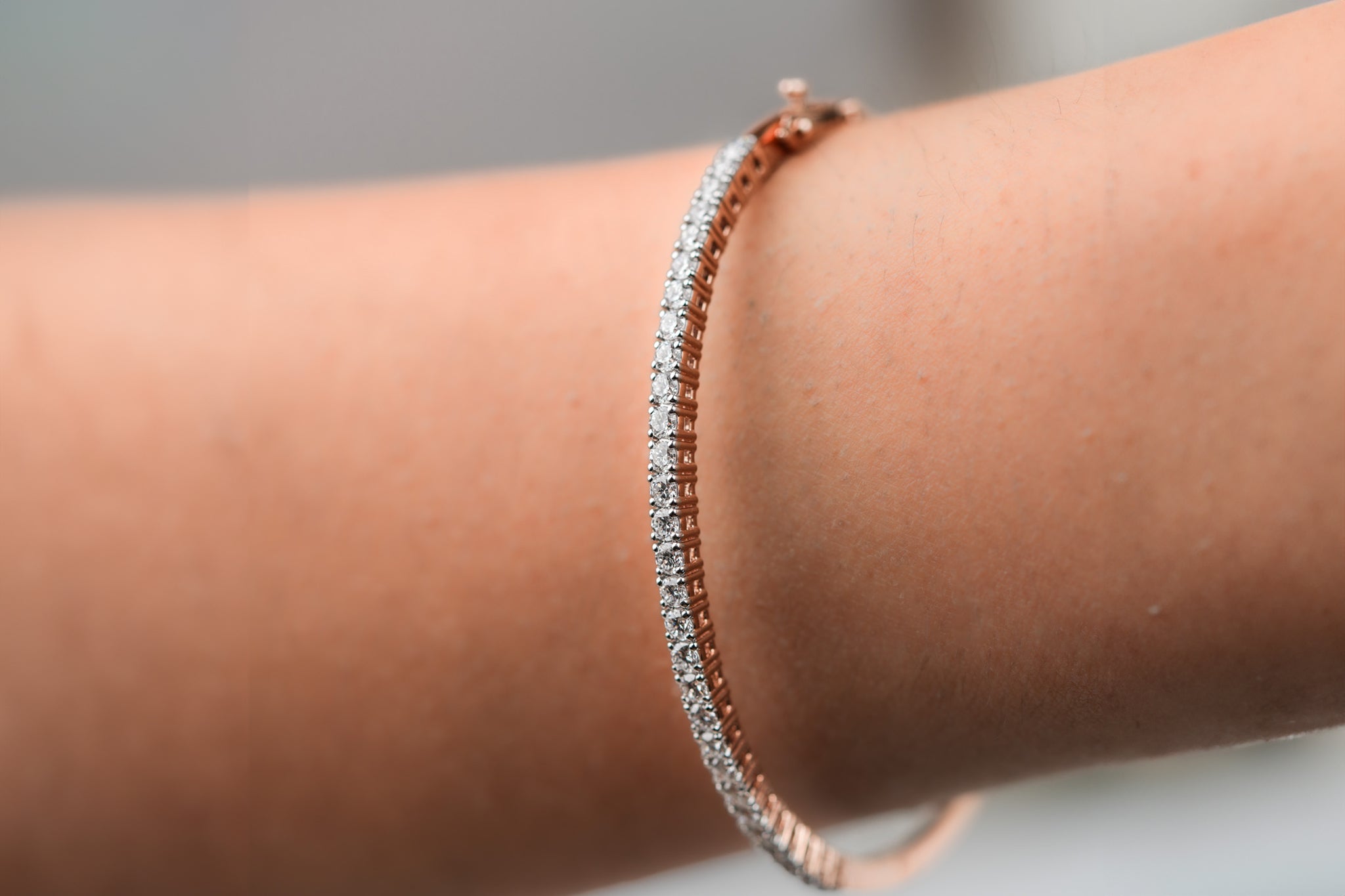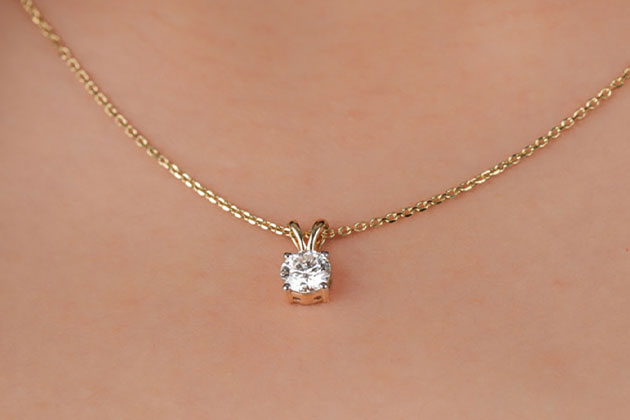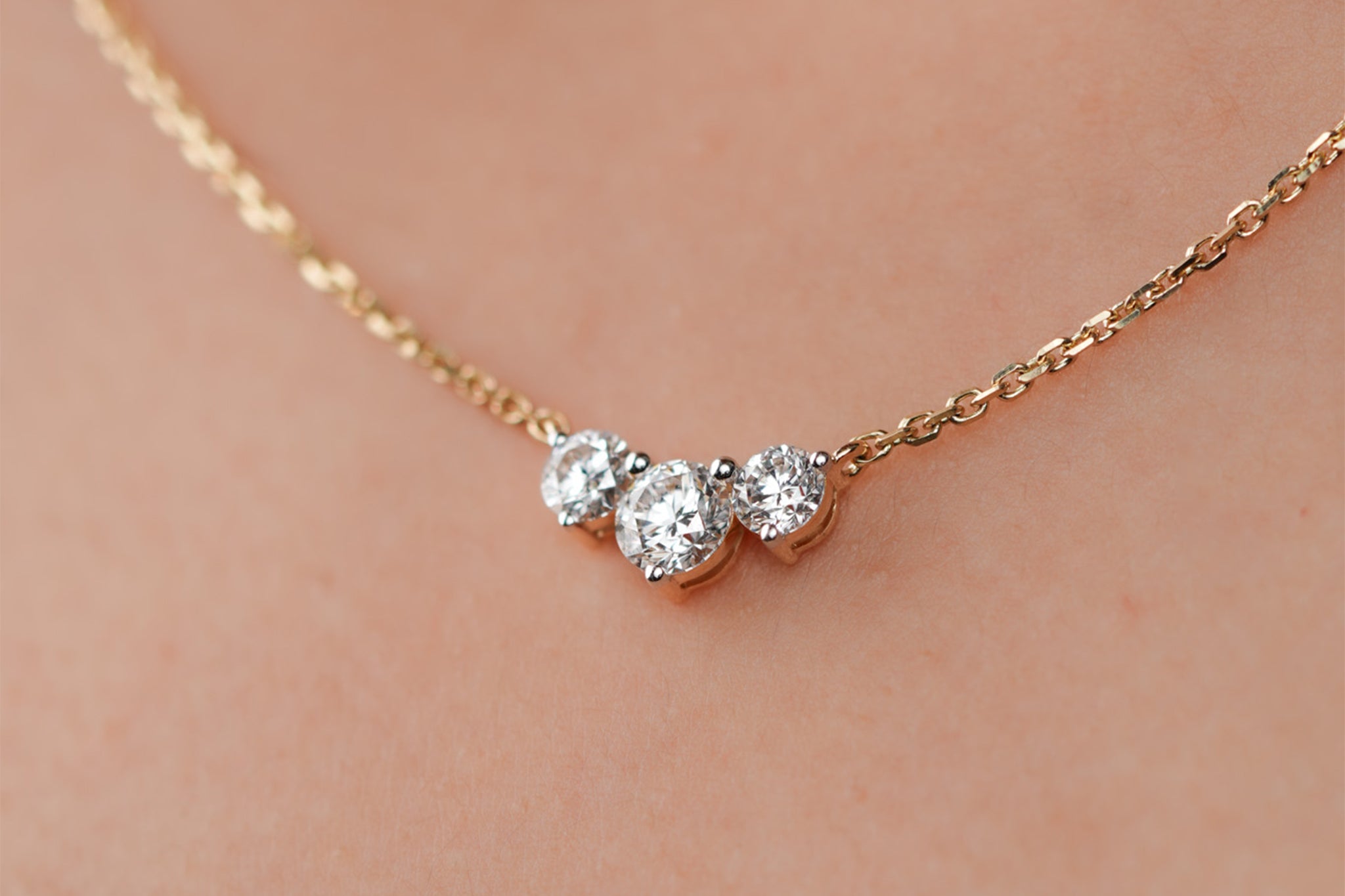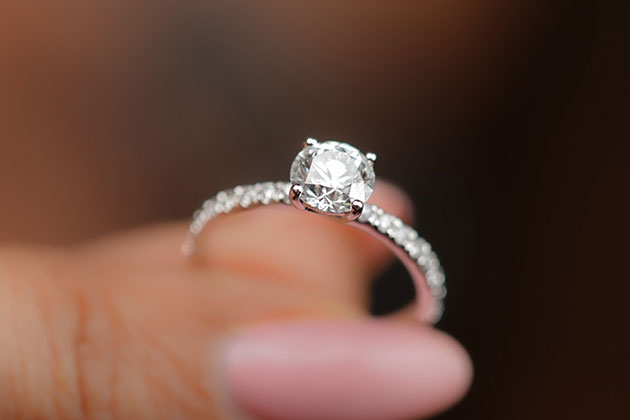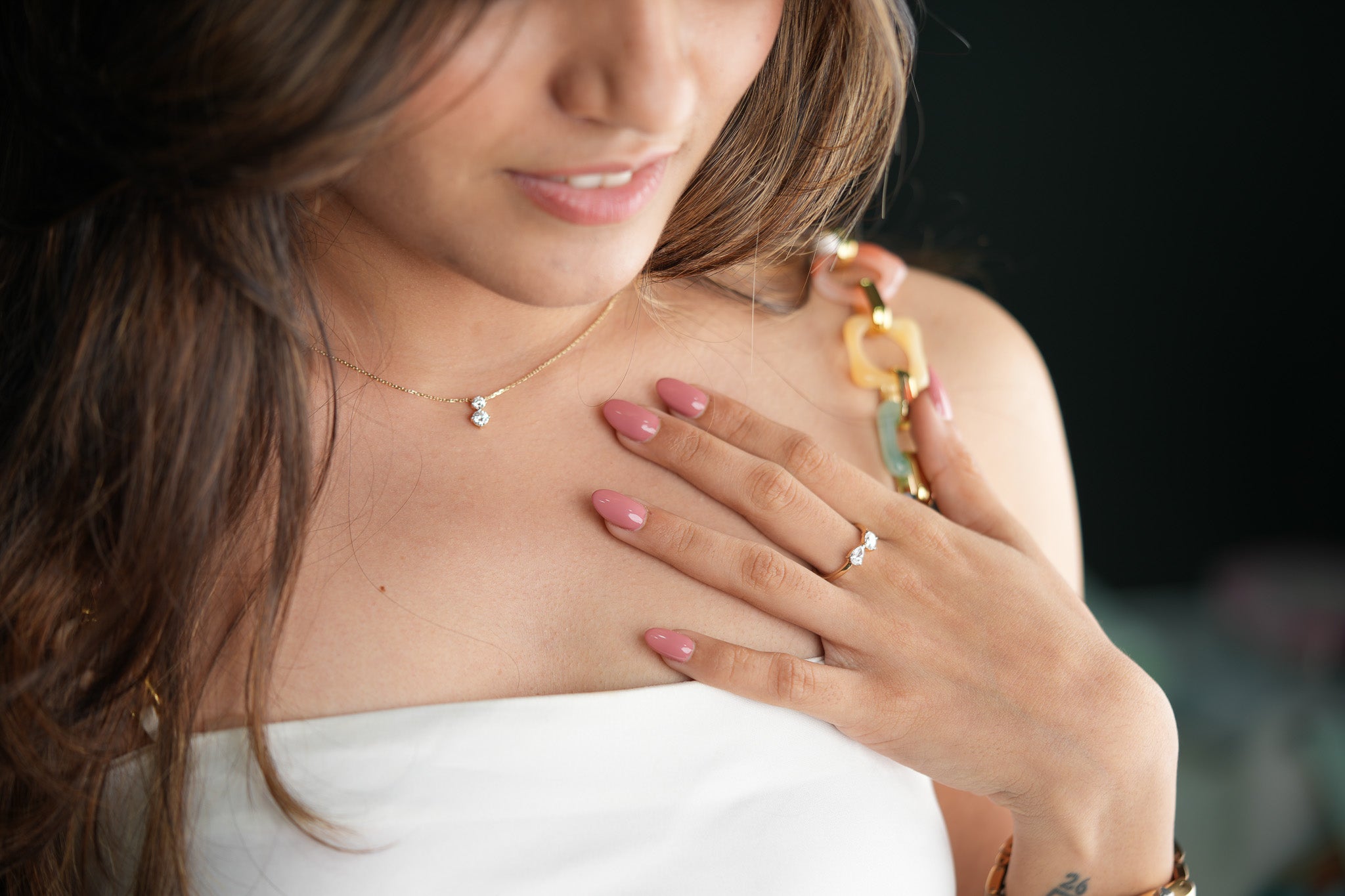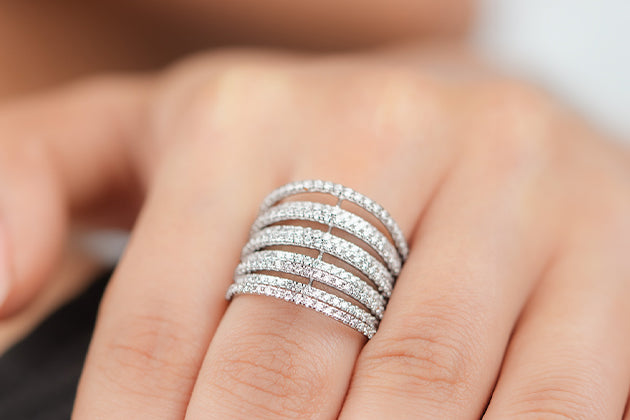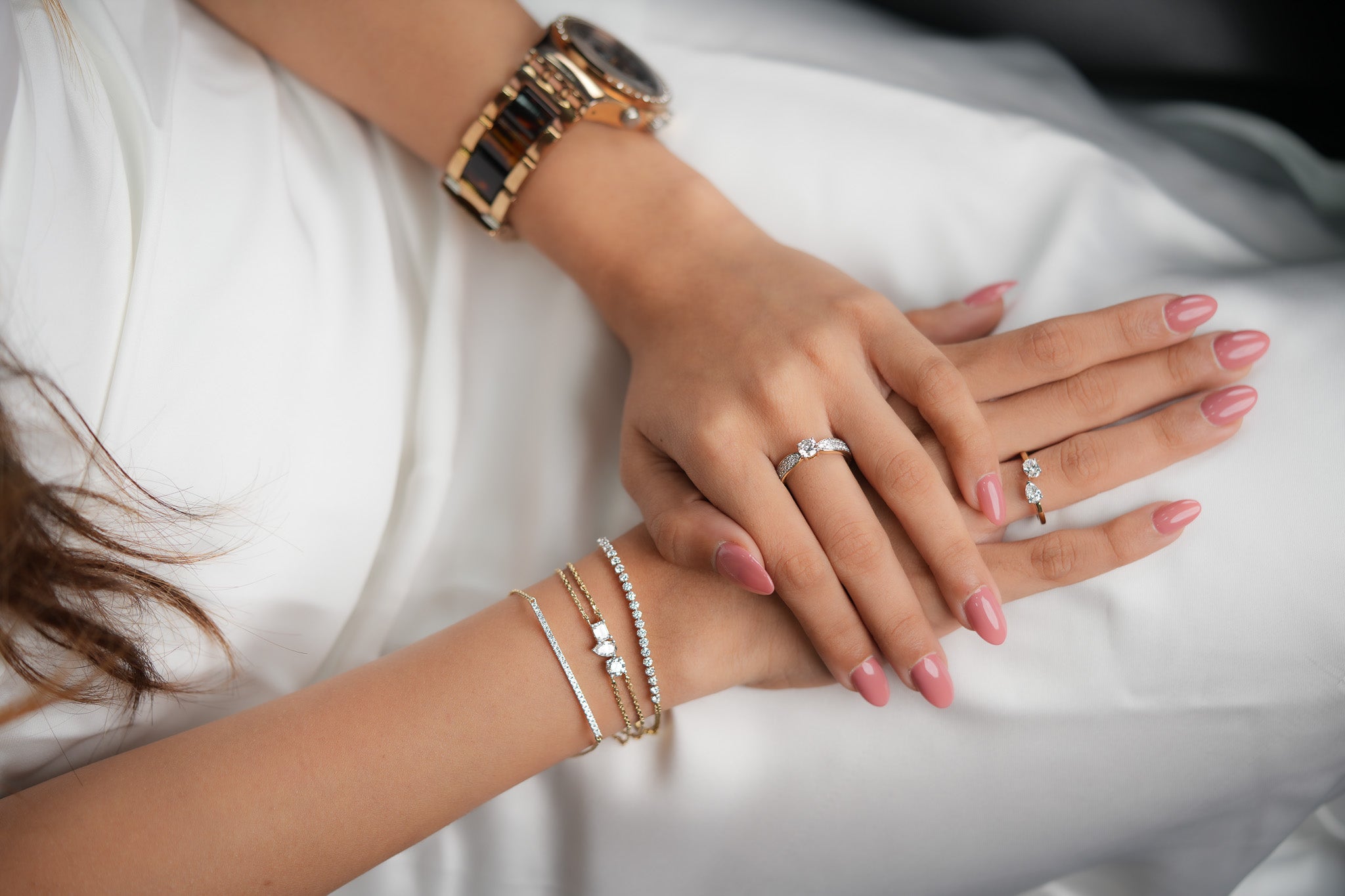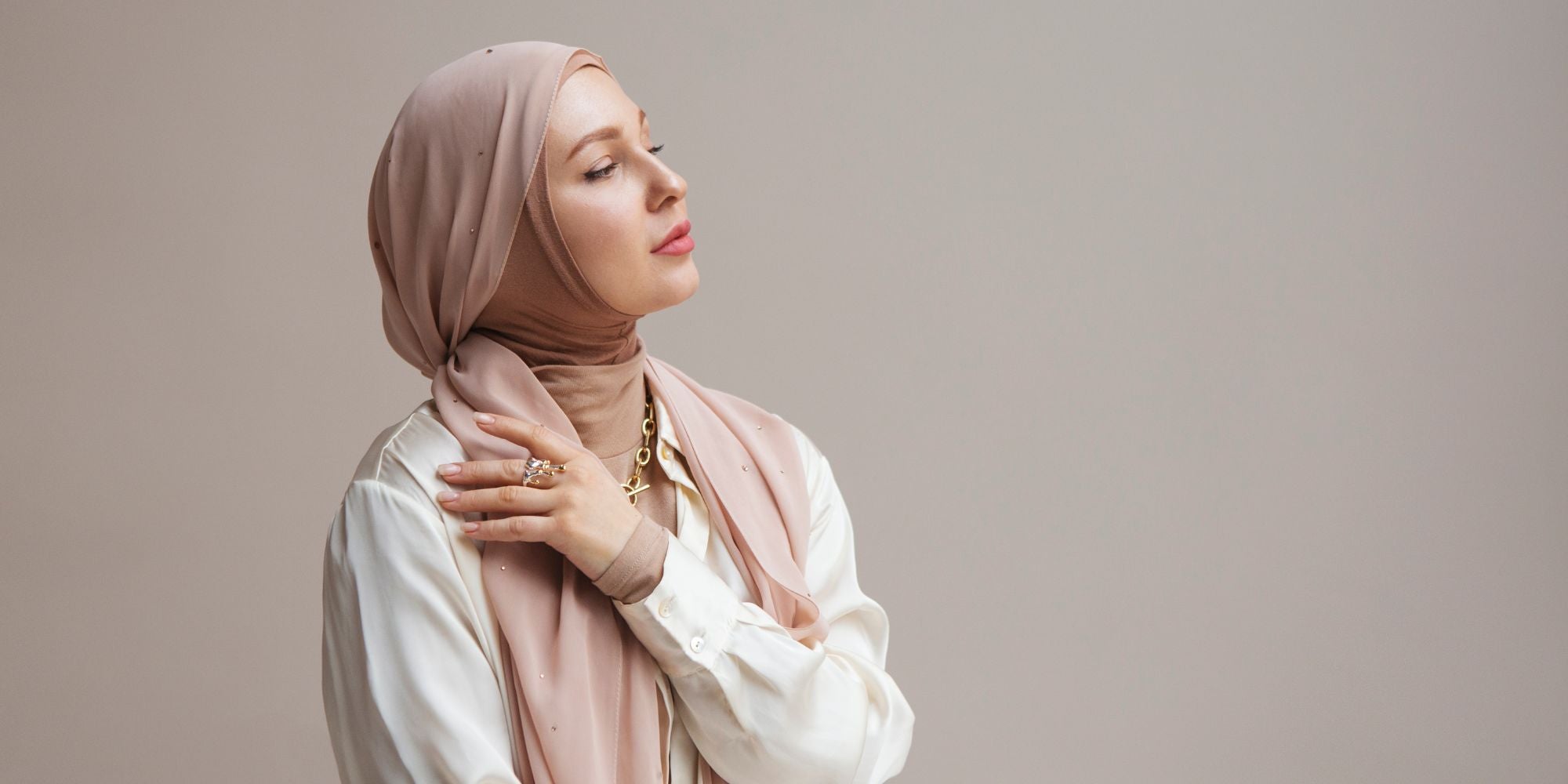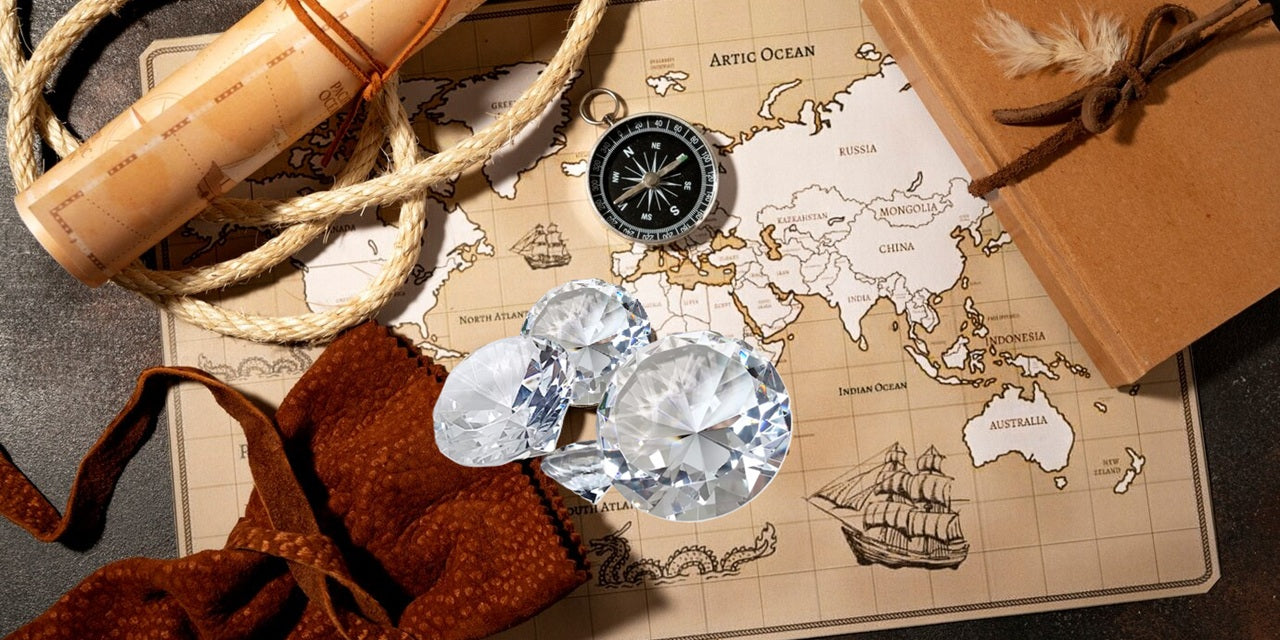
Diamonds in Different Cultures Around the World
Diamonds have been valued in different cultures for many years. They represent power, love, wealth, and spirituality. In the past, people mostly used mined diamonds, but now lab grown diamonds are becoming increasingly popular. These diamonds are a more ethical and sustainable choice. Let's explore how different cultures value diamonds and how lab grown diamonds are changing the jewellery industry.
Diamonds in Indian Culture
India has a long history with diamonds and was one of the first places to discover them. People believed diamonds had magical powers and were connected to gods. One of the most famous diamonds, the Koh-i-Noor, originates from India. Even today, diamonds are important in Indian weddings, representing love and faithfulness.
The Koh-i-Noor is one of the most famous diamonds in the world, known for its long and controversial history. The name Koh-i-Noor means "Mountain of Light" in Persian. It is believed to have been discovered in India thousands of years ago and has been owned by various rulers, including Indian, Persian, Afghan, and British monarchs.
Originally part of Indian royal treasures, the diamond was taken by the British in 1849 and became part of the British Crown Jewels.
Diamonds in Western Culture
In Western countries, diamonds are closely linked to engagement rings. This tradition started in 1477 when Archduke Maximilian of Austria gave a diamond ring to Mary of Burgundy. Over time, diamonds became a symbol of love and faithfulness. The phrase "A Diamond is Forever" made them even more popular.
Diamonds in Chinese Culture
In China, jade has been the most treasured stone for many years, rather than diamonds. However, diamonds are now becoming more popular as a symbol of success and wealth. As China’s luxury market grows, more people are buying diamond jewellery.
Diamonds in African Culture
Africa has some of the biggest diamond mines in the world. Diamonds have helped the economy, but there have also been problems, such as conflict diamonds. In many African cultures, diamonds are a sign of wealth and are worn for important celebrations and ceremonies.
Diamonds in Middle Eastern Culture
The Middle East though not known for diamonds, they are a sign of wealth and luxury. Jewellery in this region is often very detailed and beautifully designed. Many wealthy families and royals wear diamonds as a status symbol.
The Rise of Lab Grown Diamonds
More people are now buying lab grown diamonds because quality wise they're exactly the same as mined diamonds but are reasonably eco-friendly.
These diamonds are made in laboratories using special technology. They look exactly the same as natural diamonds and are as strong as natural diamonds.
Lab Grown Diamond Jewellery: A Growing Trend
Lab grown diamonds are now being used in many types of jewellery, from engagement rings to earrings. Many jewellery brands are supporting this trend because these diamonds are high quality, affordable, and environmentally friendly. Lab grown diamonds allow more people to enjoy beautiful jewellery without the ethical concerns of mined diamonds.
From ancient India to modern-day luxury markets, diamonds have been a symbol of power, love, and wealth across different cultures. Lab grown diamonds jewellery are now changing the jewellery industry. Since they are sustainable and ethical alternatives to real diamonds, they're gaining popularity. As the world changes, people still value diamonds and this continues for generations.
Also Read
Luxury Brand Adoption: How High-End Jewellery Brands Are Embracing Lab Grown Diamonds
Lab Grown Diamonds Take Over: Nearly 45% of Bridal Jewellery Now Features Ethical Sparkle
Editor's Picks: The Season's Best Diamond Jewellery Styles
POPULAR SEARCHES:
Lab Grown Diamond Jewellery, Lab Grown Diamond Rings, Lab Grown Diamond Engagement Rings, Lab Grown Diamond Earrings, Lab Grown Diamond Hoops, Lab Grown Diamond Bangles, Lab Grown Diamond Pendants


